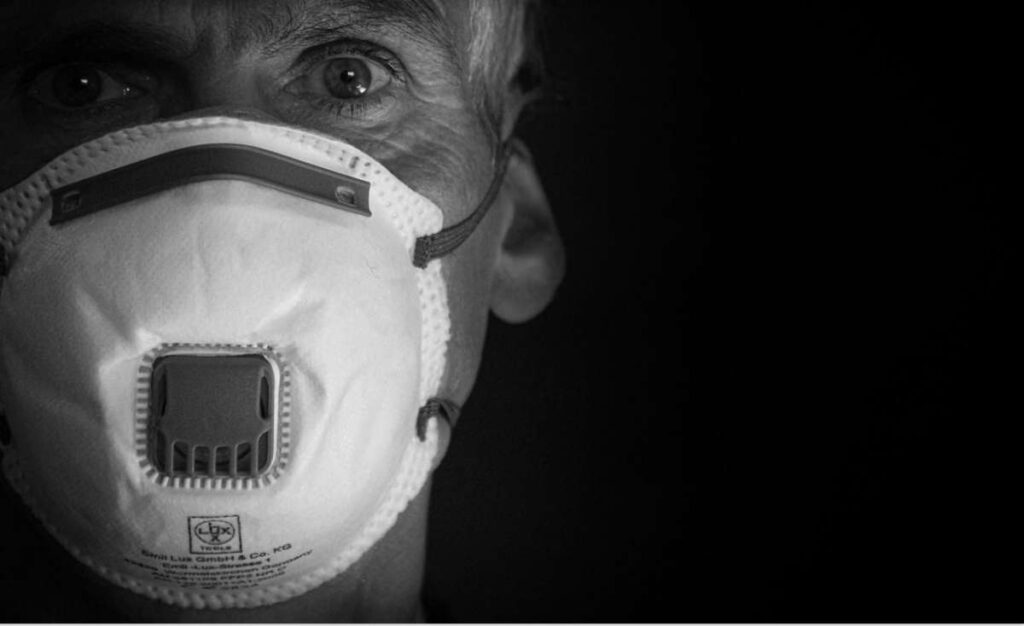The Spanish flu was a pandemic that occurred in 1918 . It is estimated that about 50 to 75 million people have died or the equivalent of 5% of the planet’s population.
In Brazil, the number of fatalities was 35,000 people.
Origin of the Spanish flu (which was not Spanish)
Despite being called that, the Spanish flu did not originate in Spain.
The name comes from the fact that Spain was the first country to report on the disease. As Spain was not in the First World War (1914-1918), its newspapers were not censored, unlike other nations that were fighting.
In fact, the pathology started in the south of France, where American and British troops were camped. From there, American soldiers took the virus to the United States.
The first case in the United States was probably that of a cook who worked in a military barracks. He had the symptoms of a normal flu, but it got worse quickly.
Hours after his hospitalization, one hundred people already showed signs of the disease.
The 3 main symptoms of Spanish flu
Spanish flu had the following symptoms:
- High fever,
- body pain,
- breathing difficulty.
Within days, the lungs filled with fluid and, as a consequence, blood circulation was compromised. In a short time, the patients had dark skin due to lack of oxygen.
The condition evolved to hemorrhage of mucous membranes, such as nose, stomach and intestine.
How and when Spanish flu arrived in Brazil
The Spanish flu virus arrived in Brazil in October 1918, probably brought by the English ship “Demerara”, which made a stopover in Recife, Rio de Janeiro and Santos.
Another possibility is that the Brazilian soldiers who had participated in the European confrontation have returned to the country infected.
In any case, in October 1918, commercial and cultural activities were paralyzed across the country, and the streets were deserted. In São Paulo, corpses piled up on the street, while in Porto Alegre it was necessary to build another cemetery to house their 1,316 dead.
Rio de Janeiro was the state most affected by the pandemic, as 12,700 victims died in the then capital of the country.
The virus affected people aged 20 to 40 and did not respect social classes. President Rodrigues Alves, who fought yellow fever with Oswaldo Cruz, was re-elected president. However, he could not assume, as he died of the Spanish flu.
Curiosities
- In order to prevent a new outbreak, the Brazilian government started to organize a national health system. This would be created in 1919 under the name of the National Health Department and made official on January 2, 1920.
- The composer Assis Valente remembered the pandemic in the samba “And the world is not over”, from 1938 and recorded by Carmem Miranda.

